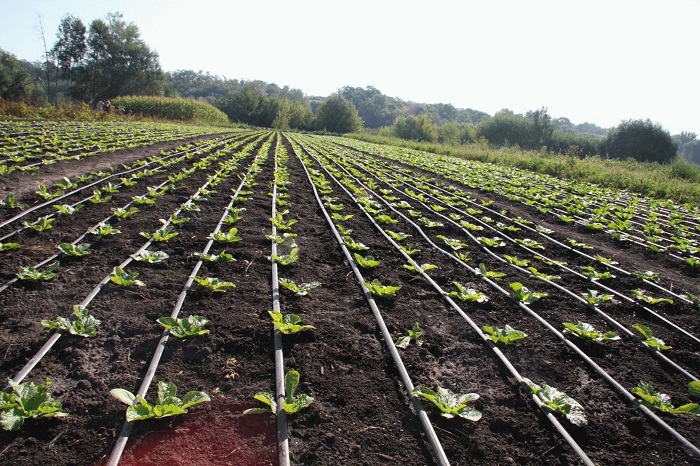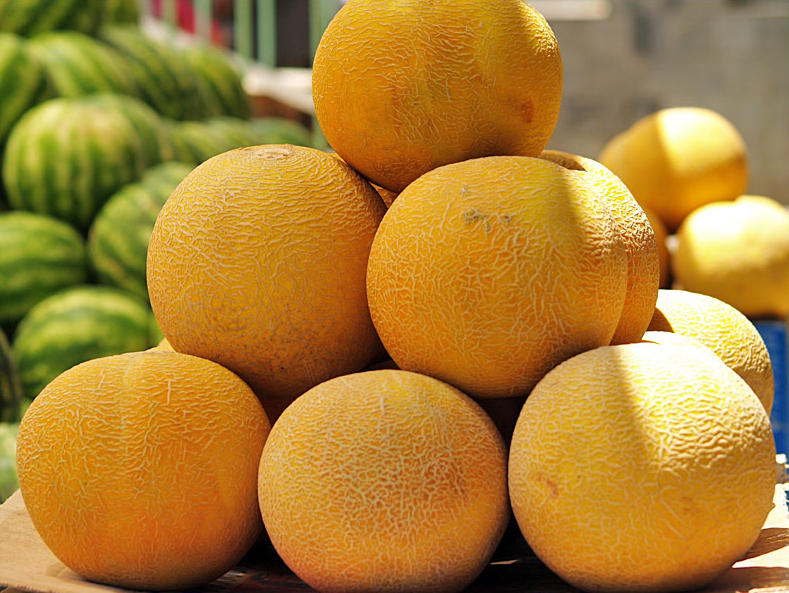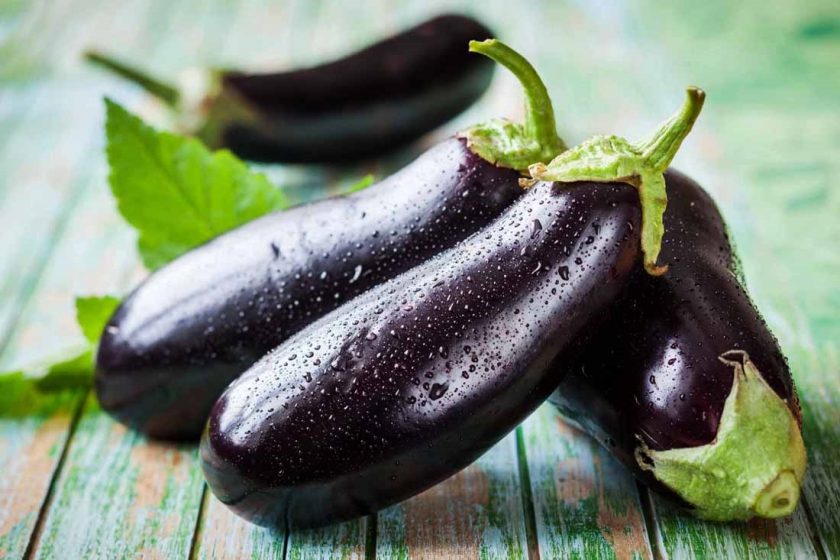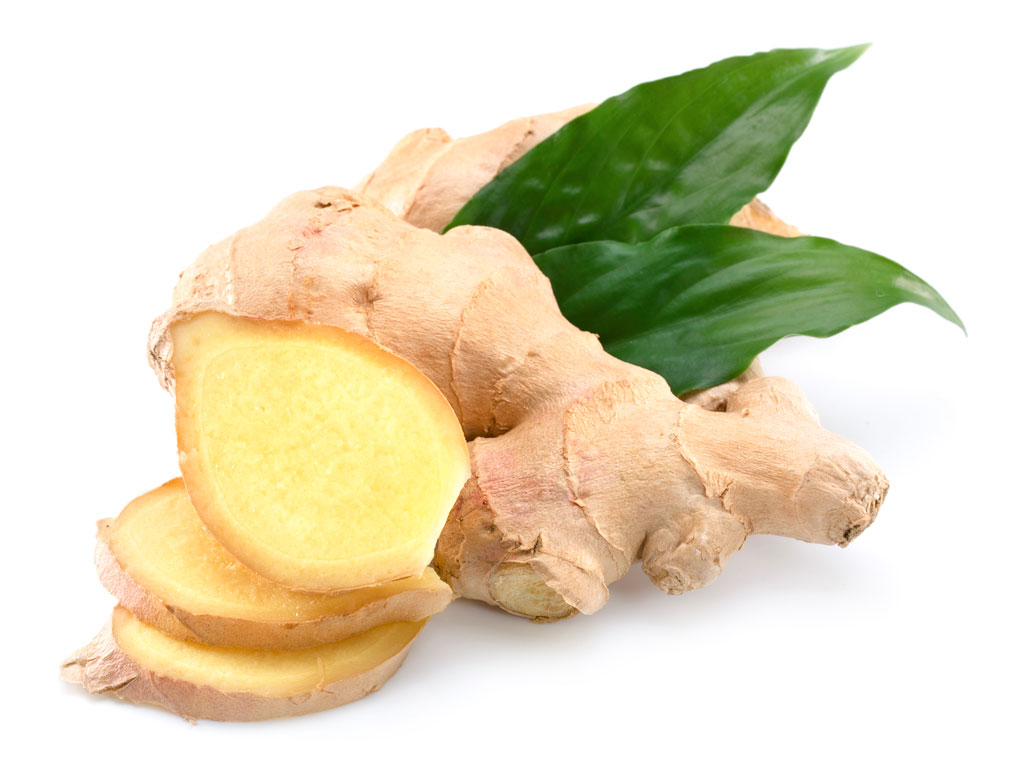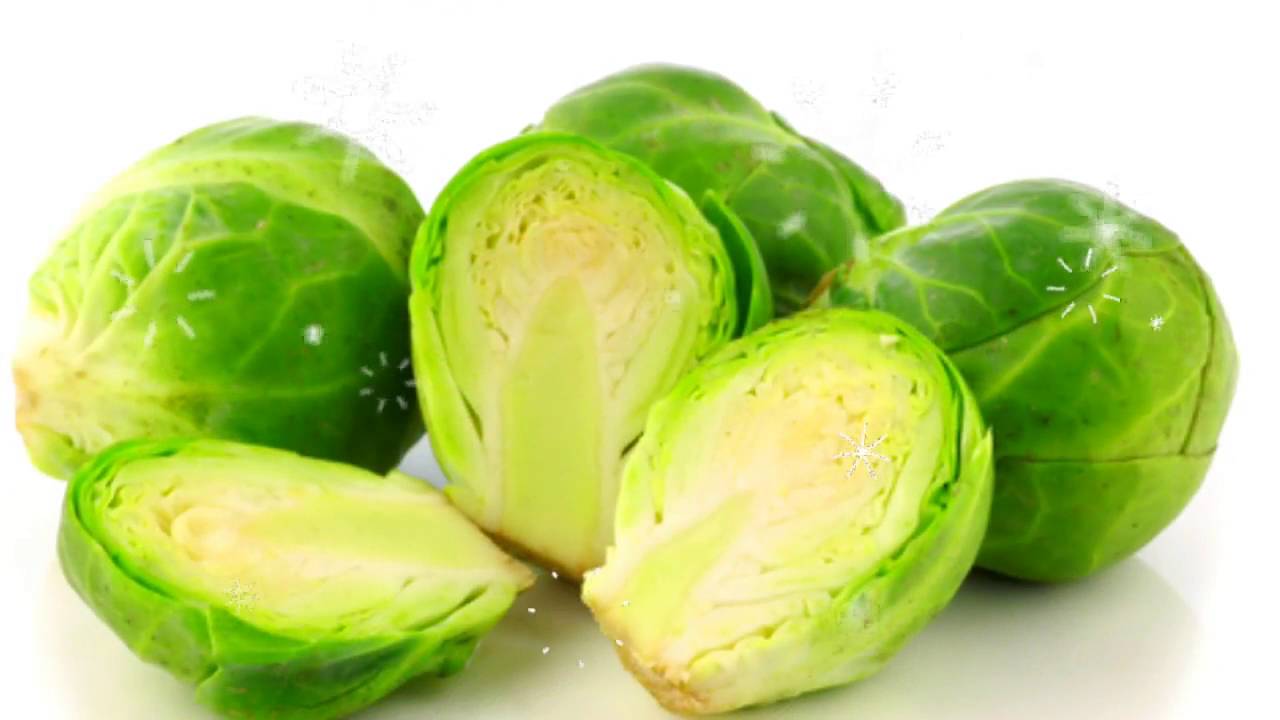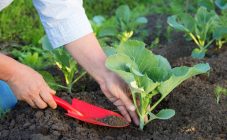Content:
Cabbage is one of the healthiest and most delicious backyard vegetables. Today in stores you can find a huge number of varieties of Peking cabbage. They have an amazing taste, are saturated with a lot of trace elements and vitamins to strengthen the body. They differ from each other only in appearance and landing characteristics. Below we will talk about how to grow Chinese cabbage in the open field.
Description of Chinese cabbage
Peking cabbage is a biennial plant, but in the regions of Russia it is grown for only one year. The color of the leaves of a plant determines its variety: in some it can be bright green, while in others it can be pale yellow. The structure of the head of cabbage is rather loose, the leaves are soft and juicy. Commonly called "Chinese salad".
A feature of the vegetable is the absence of a stalk. Peking cabbage leaves are used for making cold snacks, salads, soups, and also pickled. Pickled Chinese cabbage Kimchi is a fairly popular dish in Asia, where residents believe that it can prolong human life. On the territory of the Russian Federation, culture appeared only at the end of the last century.
Popular varieties
To grow Peking cabbage in the harsh conditions of the Urals, you need to choose the right seeds of a suitable variety. For the Ural climate, universal hybrid varieties are perfect.
- The Russian size is a hybrid that perfectly resists adverse weather conditions. The ripening period lasts about 2.5 months, which makes this variety a late-ripening one. The weight of each head of cabbage can reach 3-4 kg, which is the main feature of the variety.
- Cha-cha is also a hybrid, excellent for cultivation in central Russia, where the climate is ideal for good crop yields. Planting a vegetable can be carried out in a seedling and non-seedling way. When sowing seeds in open ground in early spring, cabbage ripens in 45-50 days. The weight of the heads of cabbage reaches 2.5 kg.
- Orange mandarin is an early ripening variety that can be grown throughout the summer. Fruit weight 1 kg. You can cut the cabbage after 35-40 days, but it depends on the favorable growing conditions. Excellent for cultivation in Siberia, the Far East and the Urals.
- Yuki F1 is resistant to disease. This variety is perfect for growing impatient gardeners in the dachas. The secret of growing this variety of Peking cabbage is sowing seeds in beds with a film cover.
- Richie F1 - an early ripe hybrid resistant to putrefactive diseases affecting Peking cabbage. Heads of cabbage weight 2-2.5 kg. Does not tolerate long storage and transportation.
- Pomegranate is a high-yielding variety, belongs to the mid-season. Disease resistant necrosis. Fruits weighing up to 2 kg.
- Hydra F1. Fruit ripening occurs 55-60 days after sowing the seeds. Does not tolerate long storage. Perfect for fresh consumption, for example for preparing cold snacks.
Agrotechnics
One of the ways to cultivate it is to grow it in open beds. Planting and leaving are the same both in Ukraine and in different regions of Russia.The difference is only in planting time and plant flowering time.
Growing Chinese cabbage in the open field from seeds
You need to properly prepare the grooves. To do this, the beds are dug up, holes are made, the distance between which should be at least 35 cm. Then about 1.5 kg of humus or rotted compost are poured into each prepared hole. Seeds are planted to a depth of 1.5-2 cm. Sprinkle with wood ash on top and carefully cover with plastic wrap. The first shoots will sprout in 7-10 days of the ambassador sowing.
To properly plant the seeds of Peking cabbage and, as a consequence, get its high yield, you need to choose the right time. Experienced gardeners advise doing this:
- from 1 to 15 April;
- from July 20 to August 10.
Growing seedlings
To get an earlier harvest, sowing seeds should be done for seedlings in early April.
A favorable soil for growing a crop will be loose, prepared using humus and coconut substrate. The seeds are pressed into the soil mixture, covered with a foil and placed in a dark, warm place. As soon as the first shoots appear, the container with the seedlings is transferred to a well-lit windowsill.
Peking cabbage does not require increased care, exactly as much as an ordinary white-headed relative.
After about 30-35 days, the seedlings will be ready for open field transplanting.
Planting in open ground
Before planting seedlings in open beds, it must first be hardened. This is quite simple to do: just take the young cabbage outside for 1 hour, the next day for 2 hours, and so on. As soon as the seedlings are able to spend 24 hours in the fresh air, they can be planted in the beds.
The best soil for growing Peking cabbage will be loose fertile soil - loam.
The soil for the cultivation of the presented type of cabbage must be prepared in the fall after harvest. Preparation of the soil begins with digging up the beds and adding lime to them. In the spring, the beds under the "Peking salad" are dug up again, only this time humus is added to them.
Care
Peking cabbage is a plant that loves moist and light places. But it is worth remembering that "Peking" absolutely does not tolerate direct sunlight. This is especially true for young fragile sprouts. The grown seedlings will be saved from the scorching sun by a special covering material (all the same film). The main thing is not to use it during cabbage flowering. The film will serve as an excellent protection on hot sunny days and will keep plants from burning. It would be nice to mulch the soil in the moons, as this will help to retain moisture and prevent weeds from appearing.
Like any other garden crops, "Chinese salad" must be fed with organic fertilizers. The first stage of feeding falls on the time after planting the seedlings (preferably 2 weeks after). Top dressing prepared on the basis of mullein, chicken manure or grass is added to the soil. Pour at least 1 liter of this infusion under each bush. How to cook:
- 1 liter of mullein per 10 liters of water;
- 1 liter of chicken manure per 20 liters of water;
- 1 kg of ground herbs per 9 liters of water.
The second stage is during the flowering of Peking cabbage. This time it is better to water the cabbage with boron infusion (2 g of boric acid per 1 liter of boiling water, leave for 2 hours, and then dilute in 10 liters of water). Under each bush, 1 liter of the resulting mixture.
Diseases and pests
Peking leaves are so juicy and soft that they are liked not only by people, but also by many pests.And preventive measures against parasites are best done in advance:
- Cruciferous flea beetles are difficult to get rid of, but possible. To do this, other crops are planted between the rows of Chinese cabbage to confuse the insect. Or the holes are strewn with wood ash immediately after planting - the flea does not tolerate it. Alternatively, you can spray the cabbage with biological products (for example, actellik, fitoverm, bitoxibacillin).
- Not only Peking cabbage suffers from slugs, but the whole garden. And getting rid of them is almost impossible, only to destroy. For example, luring burdock leaves, then crush the parasites. Or sprinkle the beds with dry powder (2 tablespoons of ground chili, 1 tablespoon of mustard powder, 2 tablespoons of salt, 500 ml of ash).
As for diseases, this is what Peking cabbage suffers from:
- Leaf spot is a common fungal disease. Young sprouts and a harvest that is already ready for harvest are striking, which is why the latter is poorly stored. As a preventive measure, you can soak the seed in warm boiled water for 30 minutes.
- Downy mildew (downy mildew). Seedlings that have just been planted in open ground suffer from this ailment. The method of dealing with the scourge is also soaking the seeds in warm water, plus drying them well.
- Wet bacterial rot. Signs of the disease are spots that resemble rot and have a rather unpleasant odor. Adult plants are exposed to bacterial infection. In order to prevent the disease, each plant must be treated with a special agent binoram.
Collection and storage
Peking cabbage grows before frost, so heads can be cut at the end of October. Mature culture is tough to the touch, dense. A sharp knife is required to separate it from the bush.
Late ripening varieties will last longer than others, provided they are stored in a dark, cool place with high humidity. Best of all, if it is a cellar or basement. A vegetable fridge drawer or balcony is a great storage place. The main thing here is that the air temperature does not drop to minus indicators.
Peking cabbage is unusual and delicious. In addition, it does not require any special effort in growing: take care of the same as for ordinary cabbage. The main thing is to monitor the slugs and monitor the condition of the leaves for the presence of diseases. If the gardener does everything right, as described above, he will not regret the harvest.

